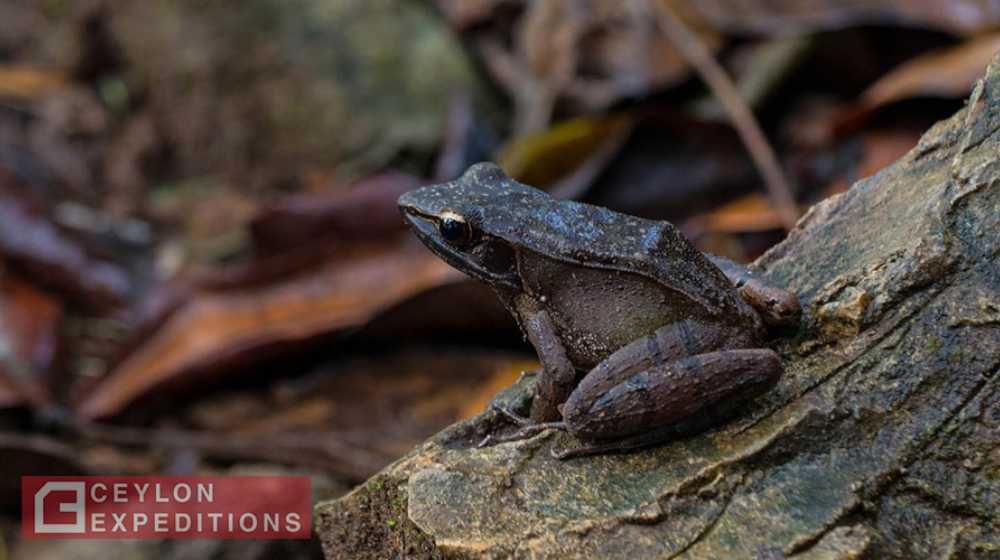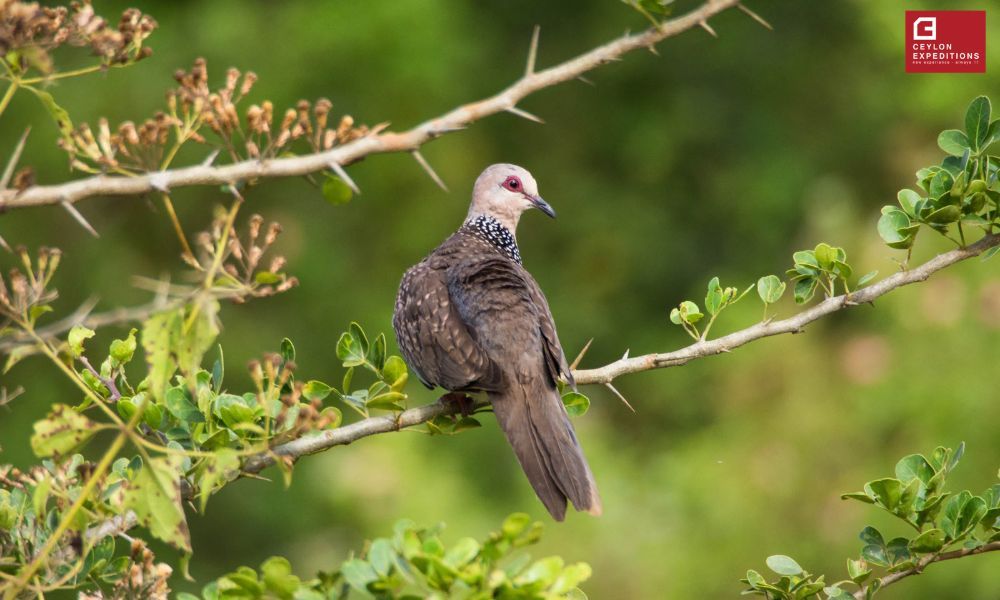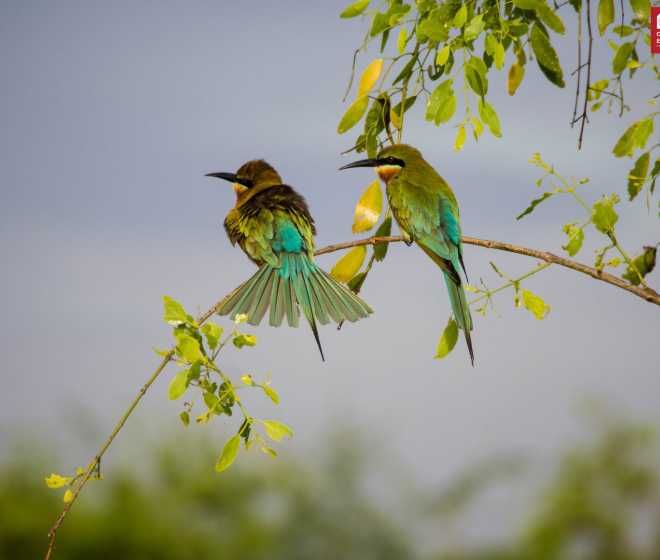
Amphibians in Sri Lanka
Amphibians are ectothermic vertebrates that has a lifecycle which require both land and aquatic habitats in different stages and usually have soft glandular skin. They complete an amphibious lifestyle where larval stages live in water and adults on or closer to land. They live in all habitats of the world except ice caps and with their complex reproductive needs and permeable skins, amphibians are often ecological indicators. Sri Lanka is an amphibian hotspot with over 110 species of amphibians, of which over 90 species are endemic to the country. This makes Sri Lanka the country with the highest amphibian endemicity in Asia with a staggering 85% endemicity ratio. Sri Lanka also ranked highest in Asia for having highest percentage of extinct and threatened amphibian species. As at 2018, 121 descriptions of amphibian species have been published, with 111 endemics. Three caecilian species has been identified with one undescribed species.
But in the 20th century Sri Lanka has lost 20% of its amphibians and more than half of remaining species is on the verge of extinction. 19 of the world’s 34 amphibian fauna that have gone extinct in the last 500 years are from Sri Lanka. The main cause of threat to amphibian population is attributed to habitat while fragmentation, use of pesticides, and air pollution are among other causes. Adenomus, Nannophrys, and Lankanectes are the three endemic genera Sri Lanka harbors. Recently, most of the new species is of the genus Philautus was assigned to genus Pseudophilautus, making no amphibians of the genus Philautus (sensustricto) in Sri Lanka. Pseudophilautuspardus and P. maia, the species known only from collections made prior to 1876 are described as new species in 2007, but both are decided to be extinct species.
Most Amphibian species can be observed in National Parks, with the amphibian species varying depending on the climate and the geographic factors of each park. Special emphasis is given to the Sinharaja Rain Forest where the greatest number of amphibian species and endemic species in Sri Lanka are found. BufoAtukorale also known as the Yala Toad or Atukorale’s Dwarf toad and AdenomusKelaarti also known as Kelaart’s toad or Kelaart’s Dwarf toad are both endemic to Sri Lanka, while many new species of amphibians have been observed in the past decade with special emphasis on the discovery of eight new shrub frogs from the Peak Wilderness and a new species of tree frog discovered in the Gillimale Forest in the Peak Wilderness Sanctuary.



